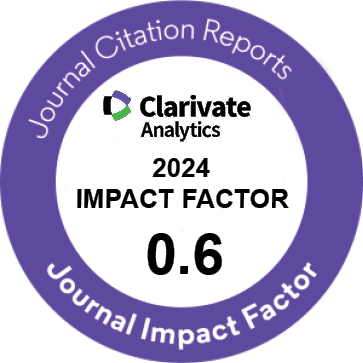| Editorial | |
| Boron Neutron Capture Therapy for Breast Cancer | |
| Zafer Akan | |
| Celal Bayar University Faculty of Medicine, Department of Biophysics, Manisa, Turkey | |
|
IJWHR 2015; 3: 077 DOI: 10.15296/ijwhr.2015.14 Viewed : 5435 times Downloaded : 5082 times. |
|
| Full Text(PDF) | |
| Introduction | |
Boron neutron capture therapy (BNCT) was introduced in 1960?s, but showed little development, as the thermal and epithermal neutron sources were not economical. Nuclear reactors, and recently cyclotrons are being used as neutron sources, thus enabling its widespread utilization[1]. Gamma rays are utilized for the irradiation of tumor tissues, and fractional doses up to 50-60 Gray required for tumor ablation in conventional radiation therapy. Such high doses naturally irradiate healthy tissues, and thus result in healthy tissue injury. BNCT was proposed to abolish the side effects of conventional radiation therapy, and basically is a reaction that consists of, targeted of 10boronto the tumor tissue and irradiation with 1neutron, and subsequent fission into toxic 7lithium and 4alpha particles within the tumor tissue. (10B+1n ?7Li+4He +2.31MeV (93.7%) or 10B+1n ?7Li+4He +2.79MeV (6.3%)). The resulting lithium ions and particles are high linear energy transfer (LET) particles, which produce considerable biological effects. Their short range in tissue (5?9 mm) restricts radiation damage to those cells in which boron atoms are located at the time of neutron irradiation[2]. Boron phenyl alanine (BPA), sodium boronocaptate (BSH), and the molecule our team works on, namely Borono-Deoxy-D-Glucose (BDG) are being used for the targeting of boron into the tumor tissue. BCNT was primarily intended to be utilized for the treatment of neck and head cancers due to the technical difficulties and economically burden. Technical improvements in BNCT application has led to consideration of this technique in soft tissue tumors such as breast cancer[3]. Breast cancer is the most common cancer among females, and particularly recurrent breast cancers (RBC) are threatening for women. Radiation therapy is commonly the preferred method of treatment, but has some side effects and insufficient effects against RBC. Recently, BNCT comes to the fore as an alternative approach to therapy. Successful in vitro and simulation studies has led scientists to anticipate successful clinical results in the near future[4,5]. Maximization of BNCT?s therapeutic potential requires the combination of a suitable thermal/epithermal neutron flux in association with a selective intake of 10B-boron nuclei in the target tissue. With new boron carrier designs and neutron sources, BNCT can fill an important niche for those malignancies, whether primary or recurrent, for which there is currently no effective therapy. |
Top Introduction References |
| References | |
1) Barth RF. Boron neutron capture therapy at the crossroads: Challenges and Opportunities. Appl Radiat Isot 2009; 67: S3?S6
2) Yanagie H, Kumada H, Sakurai Y, Nakamura T, Furuya Y, Sugiyama H, et al. Dosimetric evaluation of neutron capture therapy for local advanced breast cancer. Appl Radiat Isot 2009; 67(7-8 Suppl): S63-6. doi: 10.1016/j.apradiso.2009.03.110
3) Akan Z, Demiroglu H, Avcibasi U, Oto G, Ozdemir H, Deniz S, et al. Complexion of Boric Acid with 2-Deoxy-D-glucose (DG) as a novel boron carrier for BNCT. Med Sci Discovery 2014; 1(3): 65-71
|
Top Introduction References |
Online Submission System
 IJWHR ENDNOTE ® Style
IJWHR ENDNOTE ® Style
 Tutorials
Tutorials
 Publication Charge
Women's Reproductive Health Research Center
About Journal
Publication Charge
Women's Reproductive Health Research Center
About Journal
Aras Part Medical International Press Editor-in-Chief
Arash Khaki
Mertihan Kurdoglu Deputy Editor
Zafer Akan























